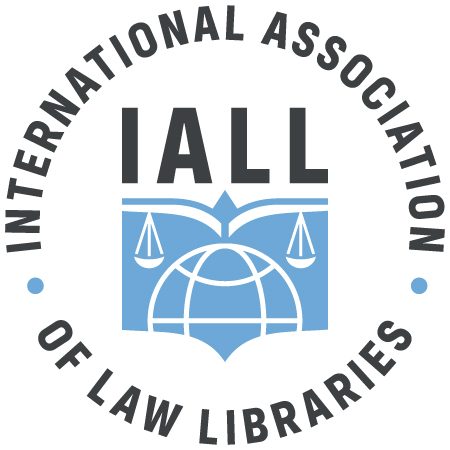January 26th, known as Australia Day, is the anniversary of the arrival of the First Fleet of 11 convict ships from Great Britain. It is a national holiday and traditionally marks the landing of Captain Arthur Phillip and the raising of the Union Jack in 1788 at Port Jackson in present-day Sydney. The Australian historian, Manning Clark, author of the six-volume History of Australia, noted that on January 26, 1808, “the ‘anniversary of the foundation of the colony’ was observed in the traditional manner with ‘drinking and merriment’ ”. Dr Elizabeth Kwan gives a detailed account of early celebrations in an article, available online, Celebrating Australia: A History of Australia Day. The article contains many interesting illustrations and photos dating from the eighteenth century, see: http://www.australiaday.org.au/australia-day/history/
Many Aboriginal and Torres Strait Islander peoples do not wish to celebrate this day and have termed it Survival or Invasion Day and asked that the date be changed to another month, however, this is yet to be accepted by any Australian Prime Minister, present or past.
Unlike the US, Canada and New Zealand where treaties were signed with the indigenous peoples no treaty was signed by the British when settling the Australian colony in 1788.
Instead, Aboriginal people were dispossessed due to the legal fiction that the continent was terra nullius, or no man’s land. This conveniently applied the so-called “barbarian” theory, which held that some indigenous peoples are “so low in the scale of social organisation” that the law need not recognise their rights and interests.
The difference between Australia and these other nations is stark. Only Australia fails to recognise the sovereignty of its first nations by way of a treaty. [1]
In 1962, Aboriginal people were finally granted the vote in federal elections, however, it was not until the historic referendum of 1967 that Aboriginal people were allowed to be counted and included as part of the population, thereby allowing for the removal in the Constitution of the impediment in s.127 to counting Aboriginal people in the official census.
Much has been written about the 1967 referendum and an outline and analysis may be read in a Background Paper 11 1996-97, The Origin of Commonwealth Involvement in Indigenous Affairs and the 1967 Referendum see: http://www.aph.gov.au/library/pubs/bp/1996-97/97bp11.htm
This paper states:
Though its practical significance may be questioned and though it has not lead to parity between indigenous and non-indigenous Australians in social, economic and health status, the 1967 referendum has provided a head of power for some significant legislation and has been of unquestionable symbolic significance. Although the event may have become distorted by myths, it has come to act as a form of historical shorthand for a decade of change which begun in the early 1960s and ended in the early 1970s.
Treaty and/or Constitutional recognition?
There has been considerable debate over the constitutional recognition of Indigenous peoples over many years. A 1999 federal referendum called for the insertion of a new preamble, or opening words, into the Constitution. The referendum was rejected along with the proposal for a republic, and even though a majority of the States went ahead and amended their Constitutions to recognize the Indigenous peoples, expert panel reports, national consultative conventions and other engagement has not resulted in furthering the cause of Indigenous recognition within the Constitution.
In December 2015 the new Prime Minister, Malcom Turnbull, established a Referendum Council on constitutional recognition of Aboriginal and Torres Strait Islander peoples. The Referendum Council will advise on progress and next steps towards a referendum to recognise Aboriginal and Torres Strait Islander peoples in the Australian Constitution and report back by June 2016.
It has been stated that apart from a change in the Constitution the inclusion of a treaty would also bring about a resolution to the existing problem – while constitutional recognition sits within the ‘framework of government’, a treaty could allow for Aboriginal sovereignty. It was noted by the Harvard Project on American Indian Economic Development under a heading titled ‘Sovereignty Matters’,
When Native nations make their own decisions about what development approaches to take, they consistently out-perform external decision makers on matters as diverse as governmental form, natural resource management, economic development, health care, and social service provision.[2]
Professor George Williams has noted that the new Referendum Council of Prime Minister Malcolm Turnbull “will have to grapple with the fact that constitutional change is not the only reform being pressed. As the recognition debate has drifted, the call has grown louder among Aboriginal people for a treaty. Some want a treaty instead of constitutional reform. Others demand both.”
[1] George Williams, How an Indigenous treaty would build a better foundation for Australia
http://www.smh.com.au/comment/head-20151212-glm14u#ixzz3vcb9N8h3
[2] The Harvard Project on American Indian Economic Development <hpaied.org/about/overview>
